A NASA astronaut captures the breathtaking sight of Maha Kumbh Mela from space, showcasing the world’s largest human gathering illuminated against the night sky.


Harnessing The Power Of The Crowd To Solve Important Problems — Steve Rader — Program Manager — Center of Excellence for Collaborative Innovation & Tournament Lab, NASA.
Steve Rader (https://www.nasa.gov/people/steve-rader /) serves as the Program Manager of NASA’s Center of Excellence for Collaborative Innovation (CoECI — https://www.nasa.gov/coeci/) and the NASA Tournament Lab (NTL — https://www.nasa.gov/general/nasa-tou…), which are working to infuse challenge and crowdsourcing innovation approaches at NASA and across the federal government. CoECI focuses on the study and use of curated, crowdsourcing communities that utilize prize and challenge-based methods to deliver innovative solutions for NASA and the U.S. government.
In 2015, Steve was named as one of 20 Challenge Mentors for U.S. Government Services Administration’s (GSA) Prizes and Challenges government-wide community of practice. Steve has worked with various projects and organizations to develop and execute over 100 different challenges. He speaks regularly about NASA’s work in crowd-based challenges and the future of work both publicly and internally to the NASA workforce to promote the use of open innovation tools.
Steve has a Mechanical Engineering degree from Rice University and has worked at NASA’s Johnson Space Center for 33 years. Prior to joining CoECI/NTL, Steve worked in mission control, flight software development for the Space Shuttle and International Space Station, command and control systems development for the X-38 (the experimental re-entry vehicle designed by NASA to research a possible emergency crew return vehicle), and led the Command, Control, Communications, \& Information (C3I) architecture definition for the Constellation Program.
#SteveRader #NASA #CenterOfExcellenceForCollaborativeInnovation #TournamentLab #OpenInnovation #GovernmentServicesAdministration #Prizes #Challenges #MechanicalEngineering #X38 #ConstellationProgram #JohnsonSpaceCenter #SpaceShuttle #InternationalSpaceStation #Crowdsourcing #DualUse #STEM #Innovation #Science #Technology #Research #ProgressPotentialAndPossibilities #IraPastor #Podcast #Podcaster #Podcasting #ViralPodcast

Defining nasa’s low earth orbit goals.
NASA has outlined its final goals and objectives for low Earth orbit, aiming to expand the use of space and advance microgravity research, technology, and exploration for everyone’s benefit. The agency’s Low Earth Orbit Microgravity Strategy, developed with input from various stakeholders, will guide efforts to sustain a continuous human presence in orbit, boost economic opportunities, and strengthen global partnerships.
A vision for continuous human presence.
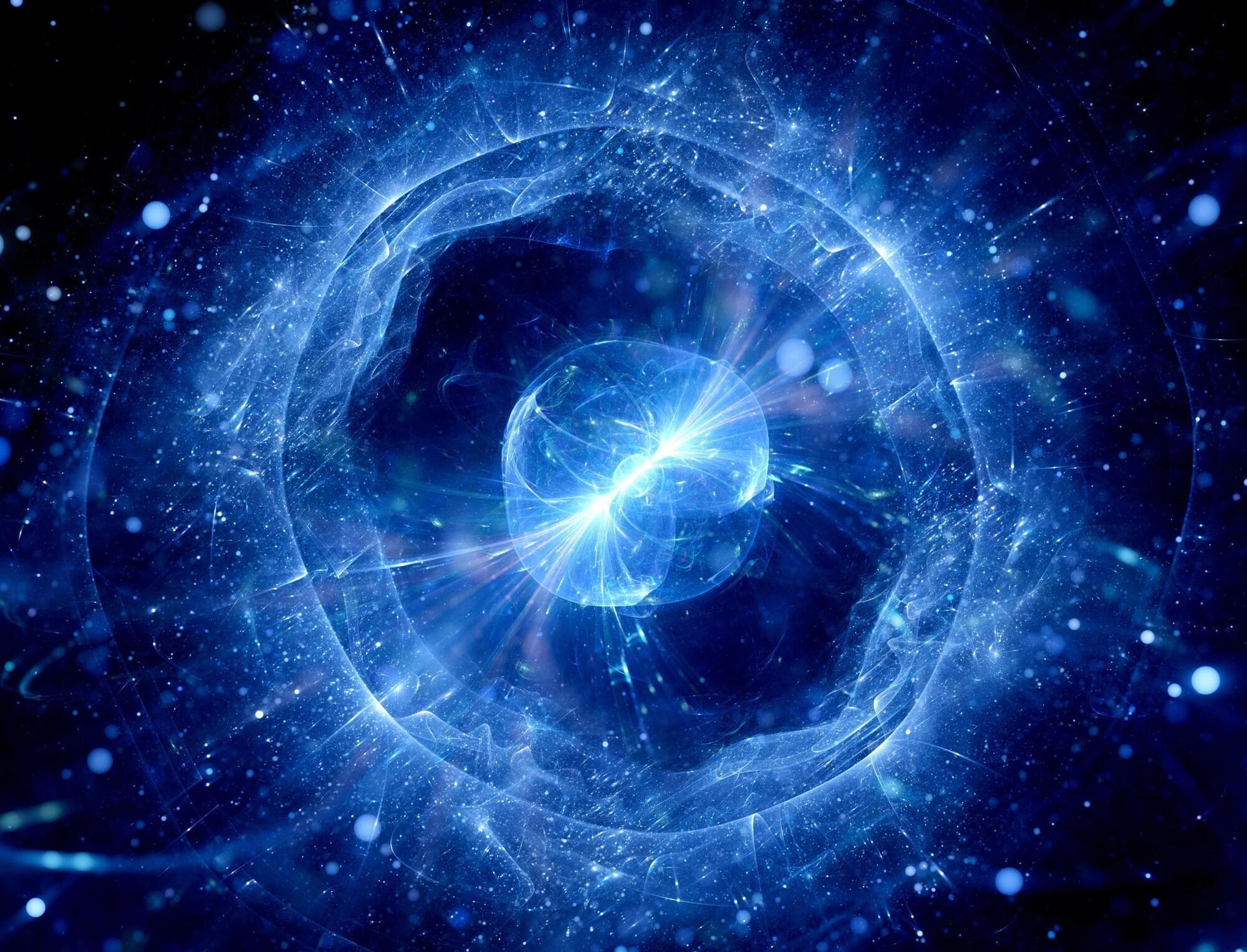
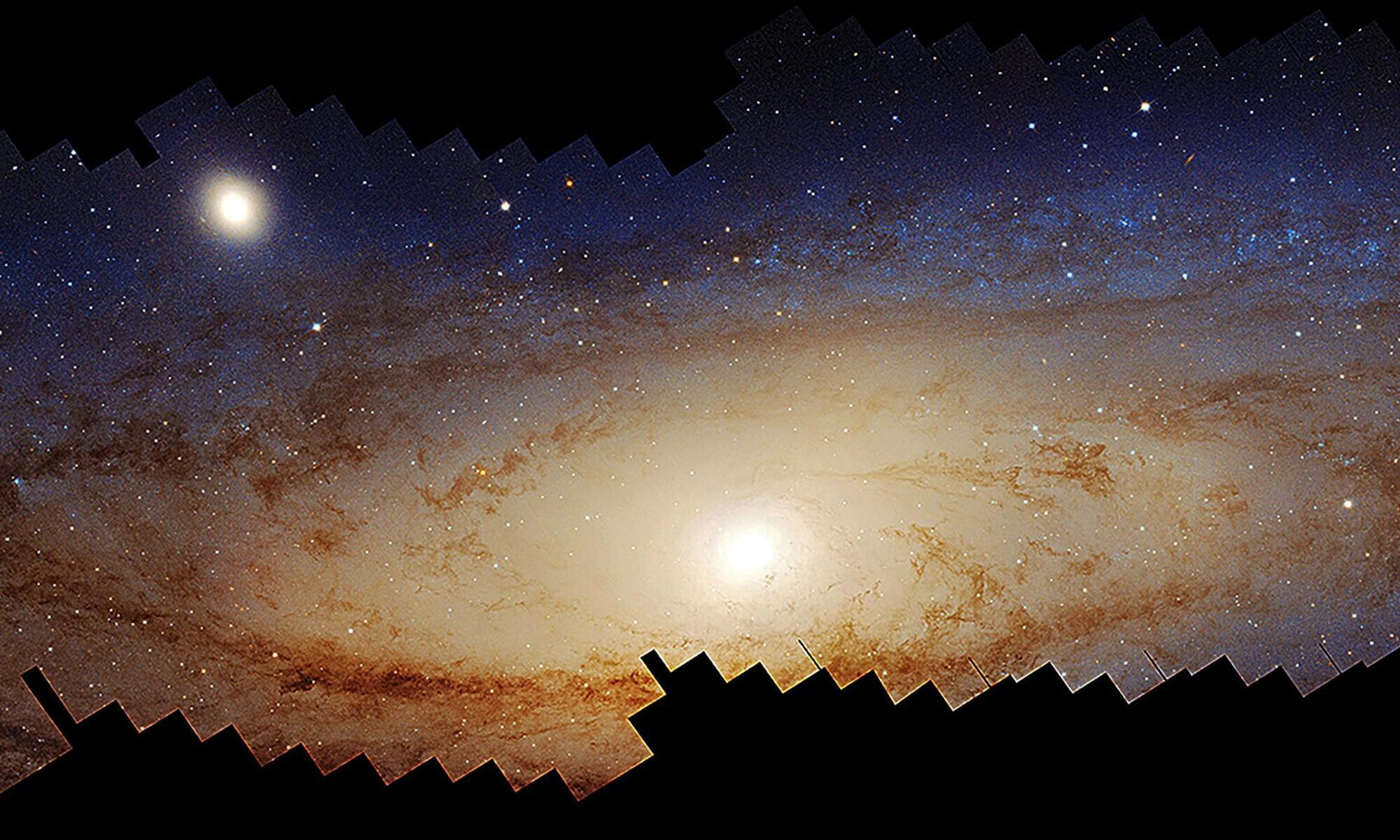

The Einstein Probe is revolutionizing our view of the distant X-ray universe, offering an unprecedented look at some of the most powerful explosions in space.
Just under three months after its launch, the spacecraft has already made a groundbreaking discovery — an enigmatic burst of X-rays that could challenge what we thought we knew about gamma-ray bursts. This unexpected find hints at the possibility of reshaping our understanding of these extraordinary cosmic events and unlocking new secrets of the universe.
Unveiling a Cosmic Phenomenon.
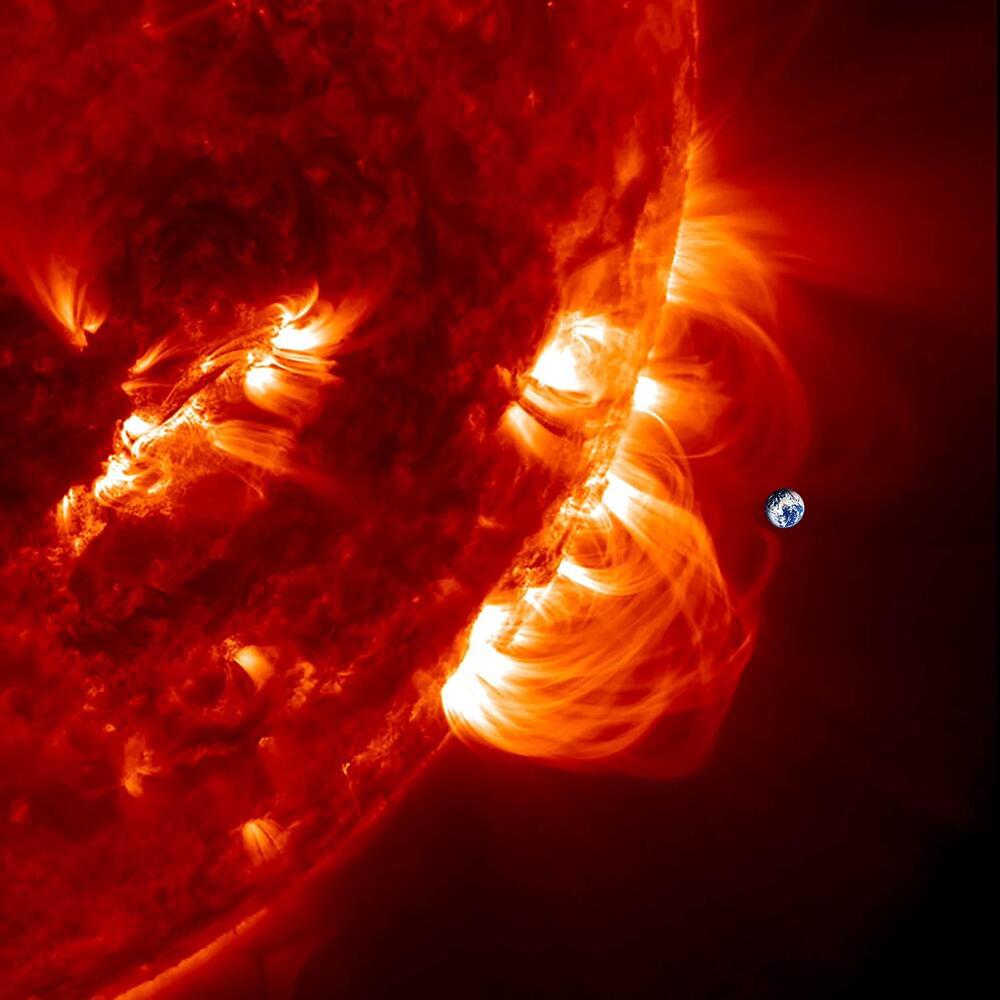
An automated system could potentially monitor real-time images of coronal loop brightness shifts from the Solar Dynamics Observatory, thus enabling scientists to issue timely alerts.
“We could build on this and come up with a well-tested and, ideally, simpler indicator ready for the leap from research to operations,” said Vadim Uritsky, an expert in space physics at NASA’s Goddard Space Flight Center (GSFC) and Catholic University in Washington D.C.
The discovery of flickering coronal loops as a precursor to solar flares opens up transformative possibilities in both research and technology.
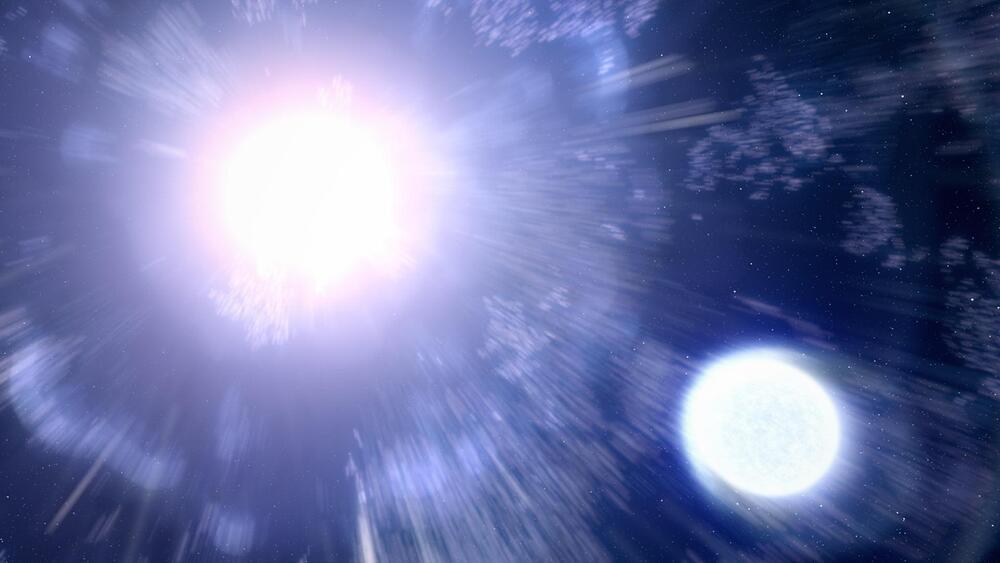
A Massive Star’s Unusual Formation Surprise
Astronomers have uncovered an extraordinary discovery in the formation of stars, observing a colossal young star, MM 1a, forming a smaller companion star, MM 1b, instead of planets. Using the Atacama Large Millimeter/submillimeter Array (ALMA), researchers identified MM 1b on the outskirts of MM 1a’s dense disk of dust and gas, a region traditionally associated with planet formation.
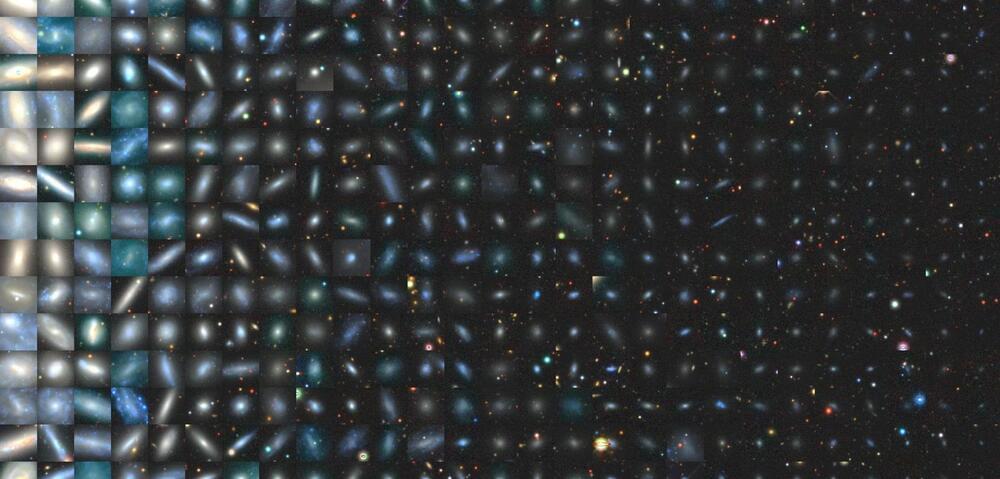
Recent studies challenge the long-held belief that the Milky Way.
The Milky Way is the galaxy that contains our Solar System and is part of the Local Group of galaxies. It is a barred spiral galaxy that contains an estimated 100–400 billion stars and has a diameter between 150,000 and 200,000 light-years. The name “Milky Way” comes from the appearance of the galaxy from Earth as a faint band of light that stretches across the night sky, resembling spilled milk.

Fast radio bursts (FRBs) are intense flashes of radio light that last for only a fraction of a second.
They are likely caused by the intense magnetic fields of a magnetar, which is a highly magnetic neutron star. Beyond that, FRBs remain a bit of a mystery.
We know that most of them originate from outside our galaxy, though the few that have occurred within our galaxy have allowed us to pin the source on neutron stars.